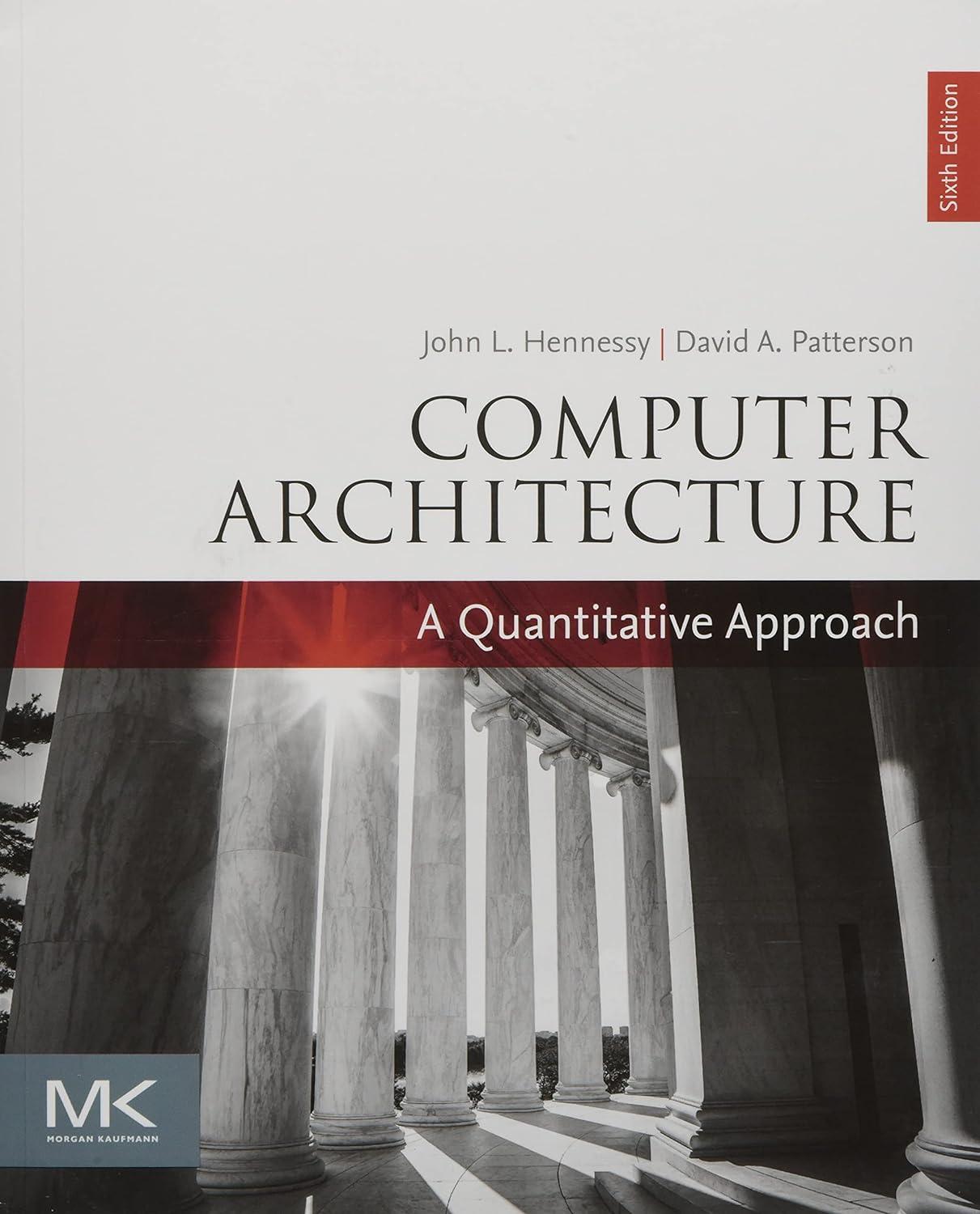Suppose the branch frequencies (as percentages of all instructions) are as follows: a. We are examining a
Question:
Suppose the branch frequencies (as percentages of all instructions) are as follows:

a. We are examining a four-stage pipeline where the branch is resolved at the end of the second cycle for unconditional branches and at the end of the third cycle for conditional branches. Assuming that only the first pipe stage can always be completed independent of whether the branch is taken and ignoring other pipeline stalls, how much faster would the machine be without any branch hazards?
b. Now assume a high-performance processor in which we have a 15-deep pipeline where the branch is resolved at the end of the fifth cycle for unconditional branches and at the end of the tenth cycle for conditional branches. Assuming that only the first pipe stage can always be completed independent of whether the branch is taken and ignoring other pipeline stalls, how much faster would the machine be without any branch hazards?
Step by Step Answer:

Computer Architecture A Quantitative Approach
ISBN: 9780128119051
6th Edition
Authors: John L. Hennessy, David A. Patterson





